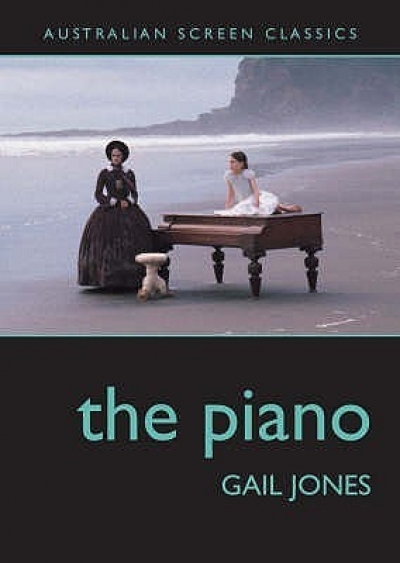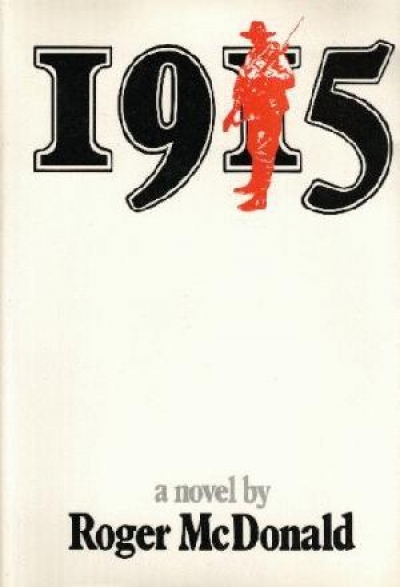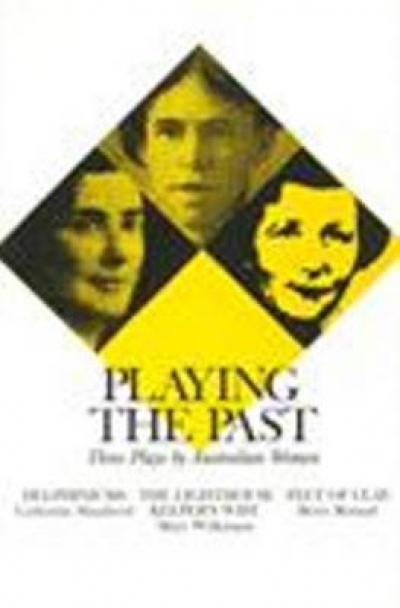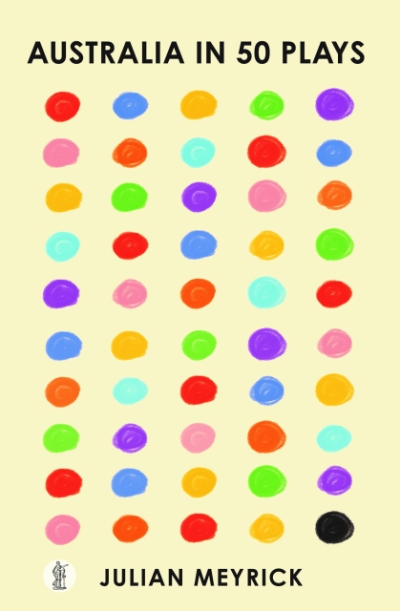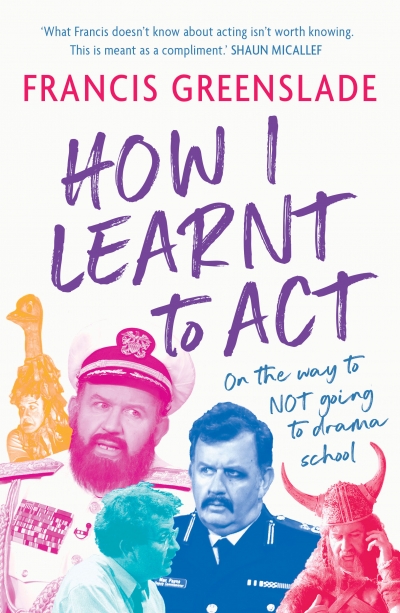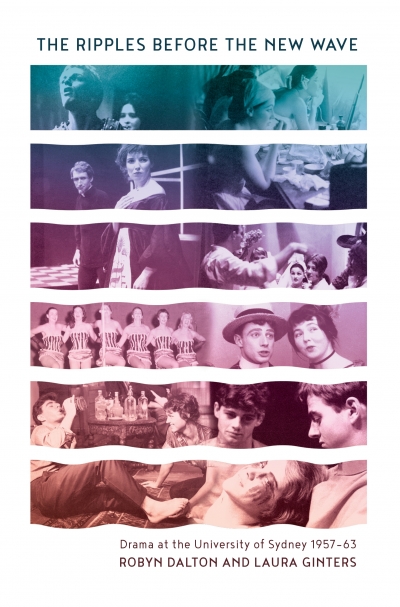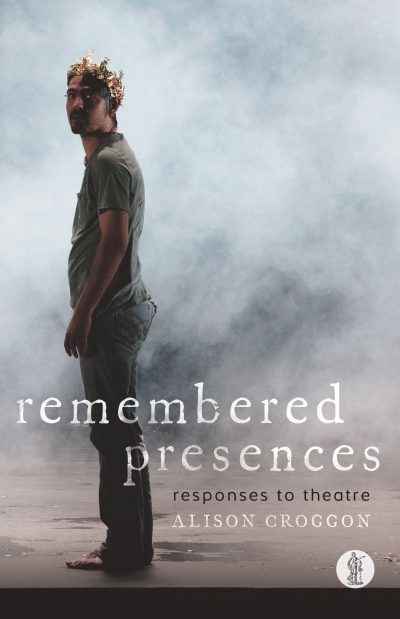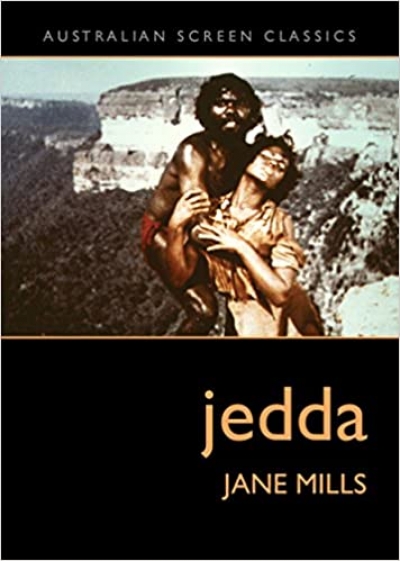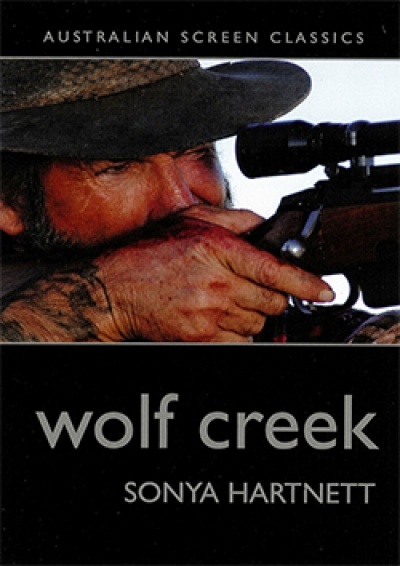Currency Press
Playing the Past edited by Kerry Kilner and Sue Tweg & The History of Water by Noëlle Janaczewska
by Thérèse Radic •
Australia is not the science-fiction capital of the world; in fact we are probably not even on the map. This unfortunate fact would change if we could produce more writers like Paul Collins.
... (read more)How I Learnt to Act: On the way to not going to drama school by Francis Greenslade
by Tim Byrne •
The Ripples Before the New Wave: Drama at the University Of Sydney 1957–1963 by Robyn Dalton and Laura Ginters
by Gillian Appleton •

